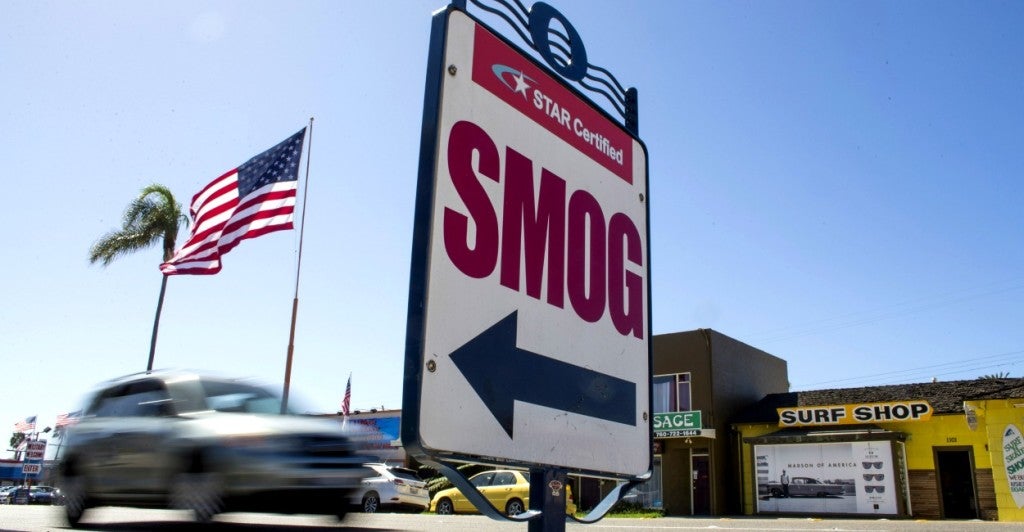Today, the Environment Protection Agency (EPA) tightened up its ozone standard, from 75 parts per billion to 70 parts per billion. Ozone refers to ground-level ozone, a primary component of smog.
The EPA will certainly claim that the final standard will help human health, but here’s what they won’t be telling you:
1. Costs exceed the benefits of reducing ozone.
Reducing ozone actually creates more costs than benefits, even from the EPA’s own analysis. The only way the EPA can show that benefits exceed costs is by taking into account reductions in particulate matter (PM 2.5).
2. EPA’s touted health benefits have little or nothing to do with ozone.
Some of the claimed health benefits have nothing to do with ozone reductions, such as reductions in the number of acute bronchitis cases among children. Other benefits are only partially connected to the reductions in ozone.
3. Making the standards more stringent is premature.
States are just now starting to meet the current 75-parts-per-billion standard. According to the Congressional Research Service, 123 million people live in areas that have not attained the current standard. In fact, 105 million people live in areas that are still considered non-attainment for the less stringent 1997 ozone standard. When nearly 40 percent of the nation’s population lives in areas that have not met the current standard, it is premature to adopt even more stringent standards.
4. The new standards are unnecessary.
This is a classic case of a solution in search of a problem. Since 1980, ozone levels have declined by 33 percent and have continued to get better. Nothing magical would have happened if the standard had been kept at the already stringent 75 ppb. States wouldn’t have had free rein (or the desire) to increase air pollution. States would have been required to meet the current standard and continued to reduce ozone levels.
5. Child asthma rates have gone up as ozone has declined.
While ozone has declined by 33 percent since 1980, child asthma rates have gone up by 131 percent during that same time. While this doesn’t necessarily establish that ozone doesn’t have an impact on asthma, it does raise serious questions that the EPA has failed to address.
6. Impact on wealth will negatively impact health outcomes.
The standard is going to be extremely costly, including lost jobs and income. These wealth effects can themselves hurt the public health. There are many reasons why health outcomes could be far worse when there’s less wealth, from people choosing not to get necessary medical care to the elderly being unable to use air conditioning in hot summer months. The EPA didn’t address this critical issue and how it likely will have a disproportionate impact on the poor
Instead of simply allowing the current standard to get off the ground in terms of implementation, the Obama administration decided to add to the already extensive regulatory burden imposed on the public.
The potential costs of a 70-ppb standard (as opposed to the feared 65-ppb standard) need to be better evaluated, but the costs will be major (and far more than EPA’s estimated $3.9-billion annual cost). Congress needs to intervene and kill this new standard.
